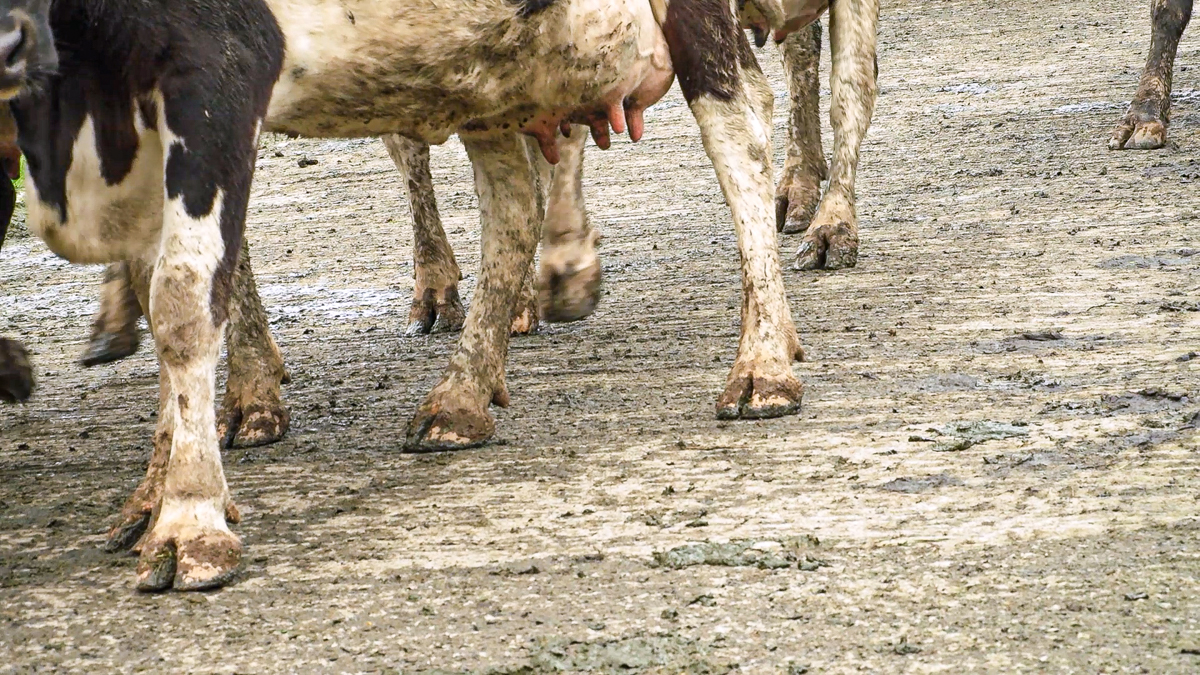According to Teagasc, between 20% and 35% of cows suffer some degree of lameness. Of these cases 90% of lameness is located in the foot, with 80% in the hind limbs, and 80% of these cases in the outer claw.
A recent report stated that lameness is often an overlooked aspect of dairy cow health. This is according to Waterford-based Ned Dunphy of Farm Relief Services (FRS) and veterinary surgeon Ger Cusack of Comeragh veterinary practice.
A variety of factors may contribute to the development of hoof lesions, including: breeding; nutrition; housing design; flooring surface; roadway surfaces; herd management; stockmanship; and disease.
Lameness in early lactation can have a negative impact on the cows’ performance, because of this early intervention when lameness occurs is critical to successfully treat the issue.
- Introduce heifers to the herd well before calving. This will reduce fighting with dominant cows and reduce stress on heifers’ hooves;
- Gradual build-up of concentrates in the seven to 10 days post calving is important for hoof health, as well as rumen stability, particularly where more than 4kg per day is fed in early lactation;
- Mind the cow after calving. She is very vulnerable to developing lameness in the immediate post-calving period;
- Keep calved cows close to the milking parlour for a minimum of 48 hours after they calve to avoid walking long distances.
